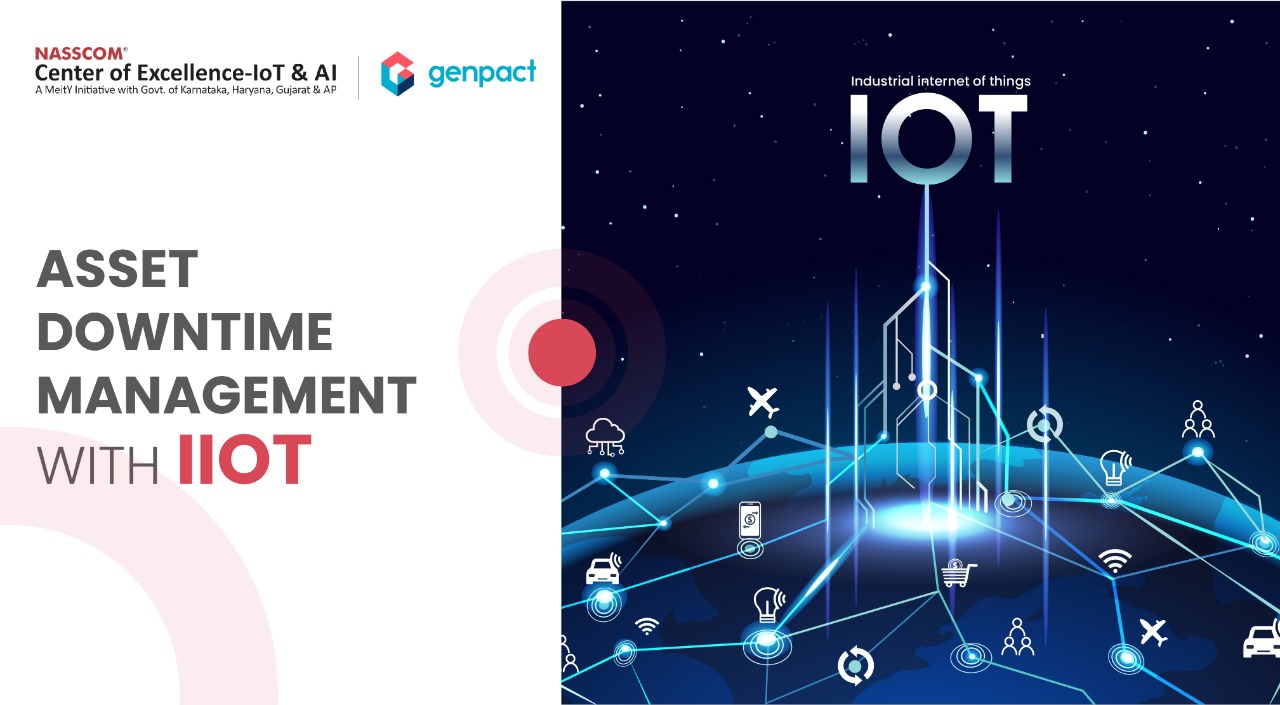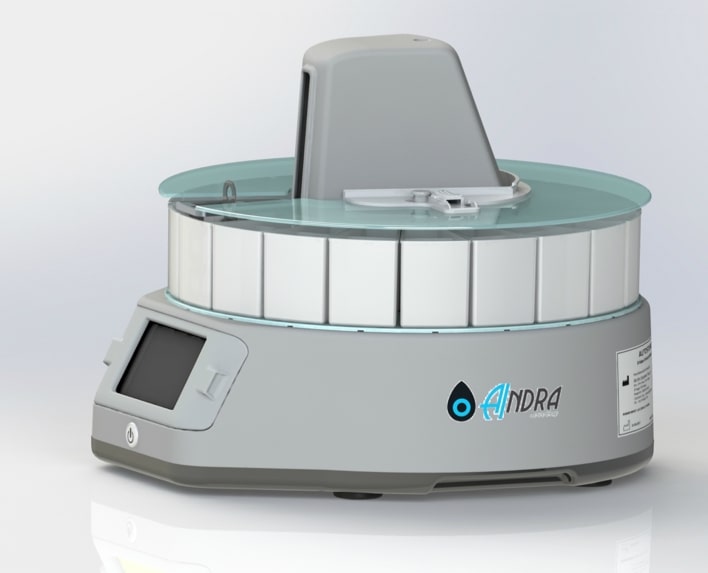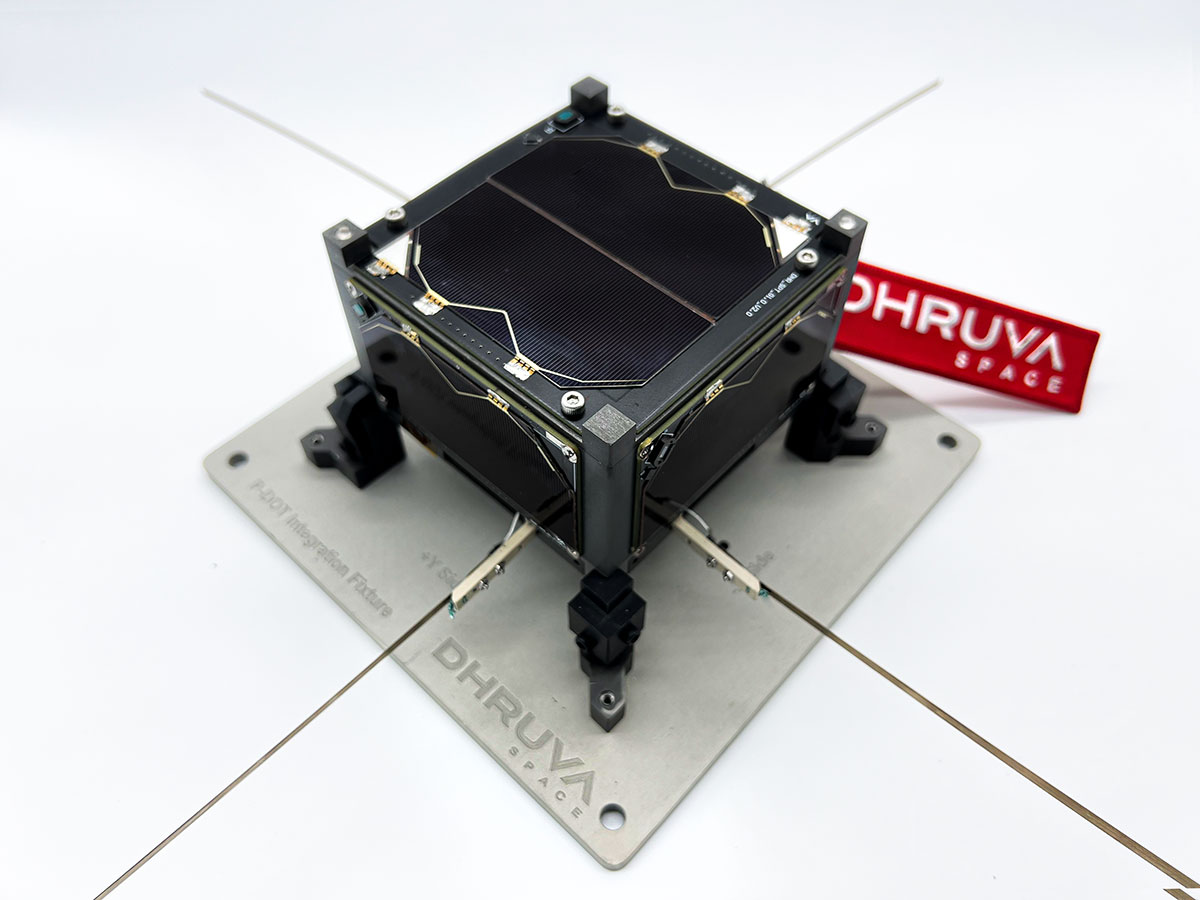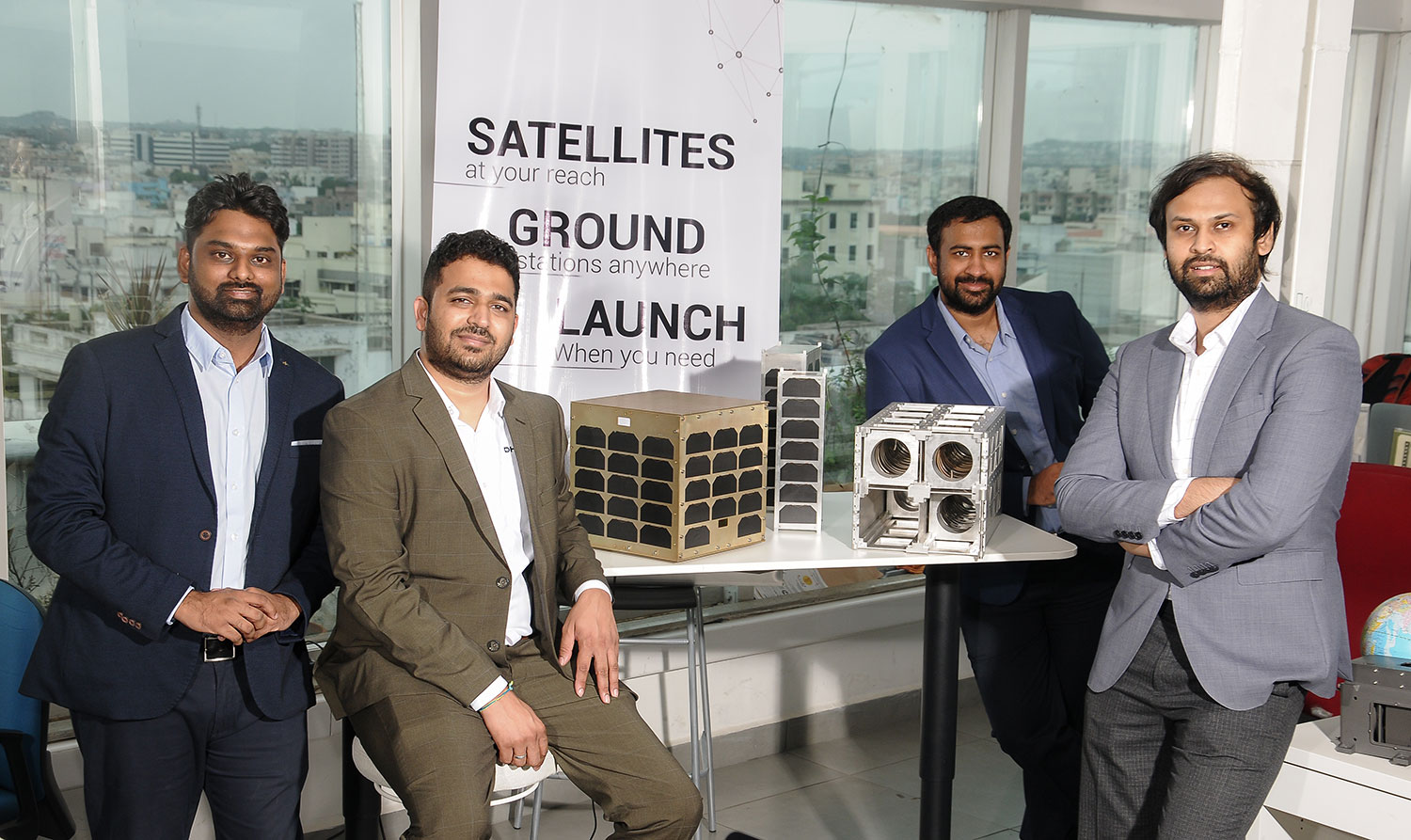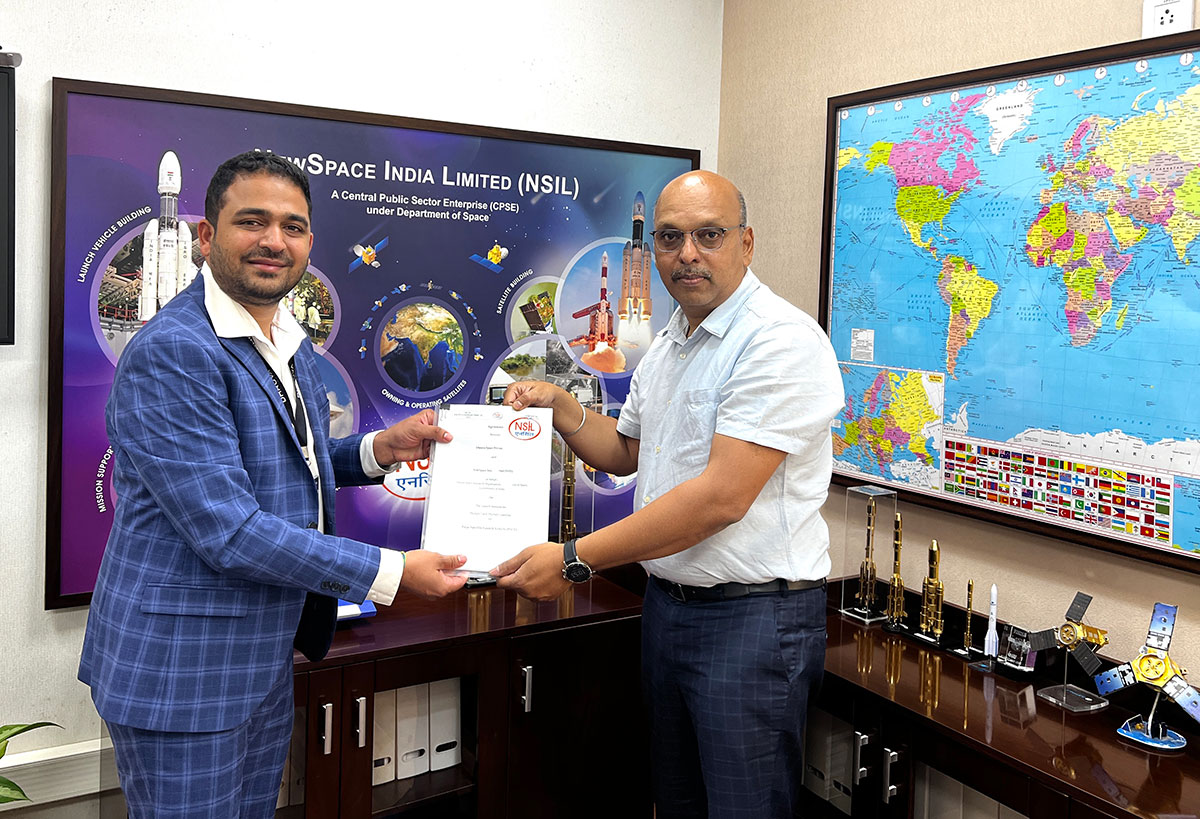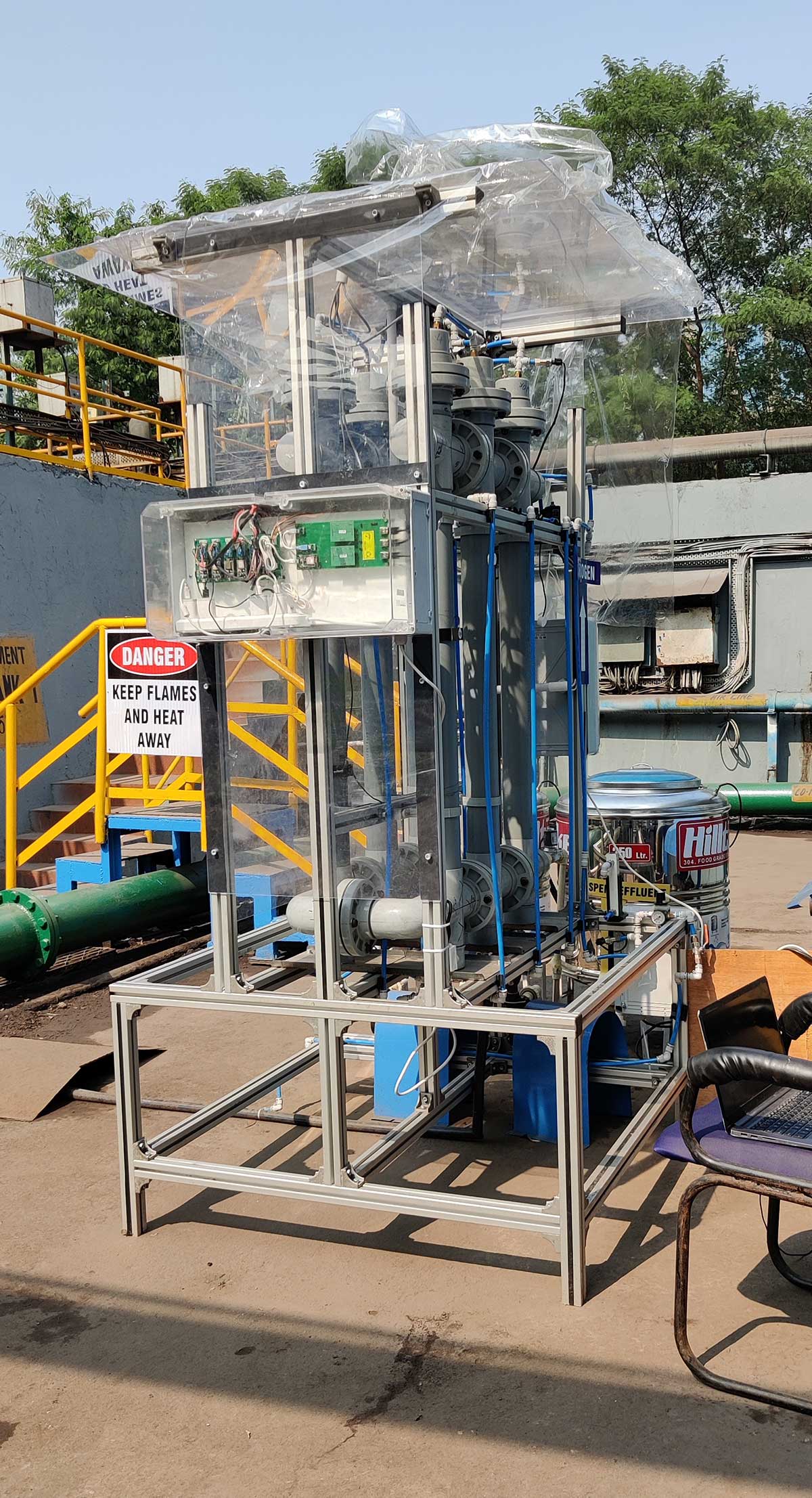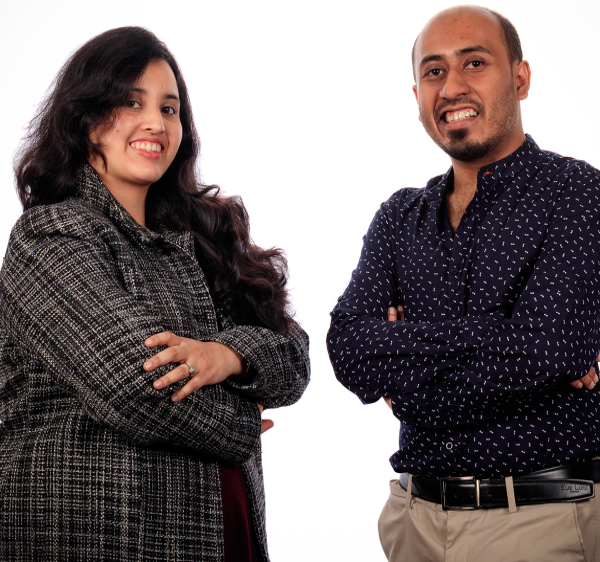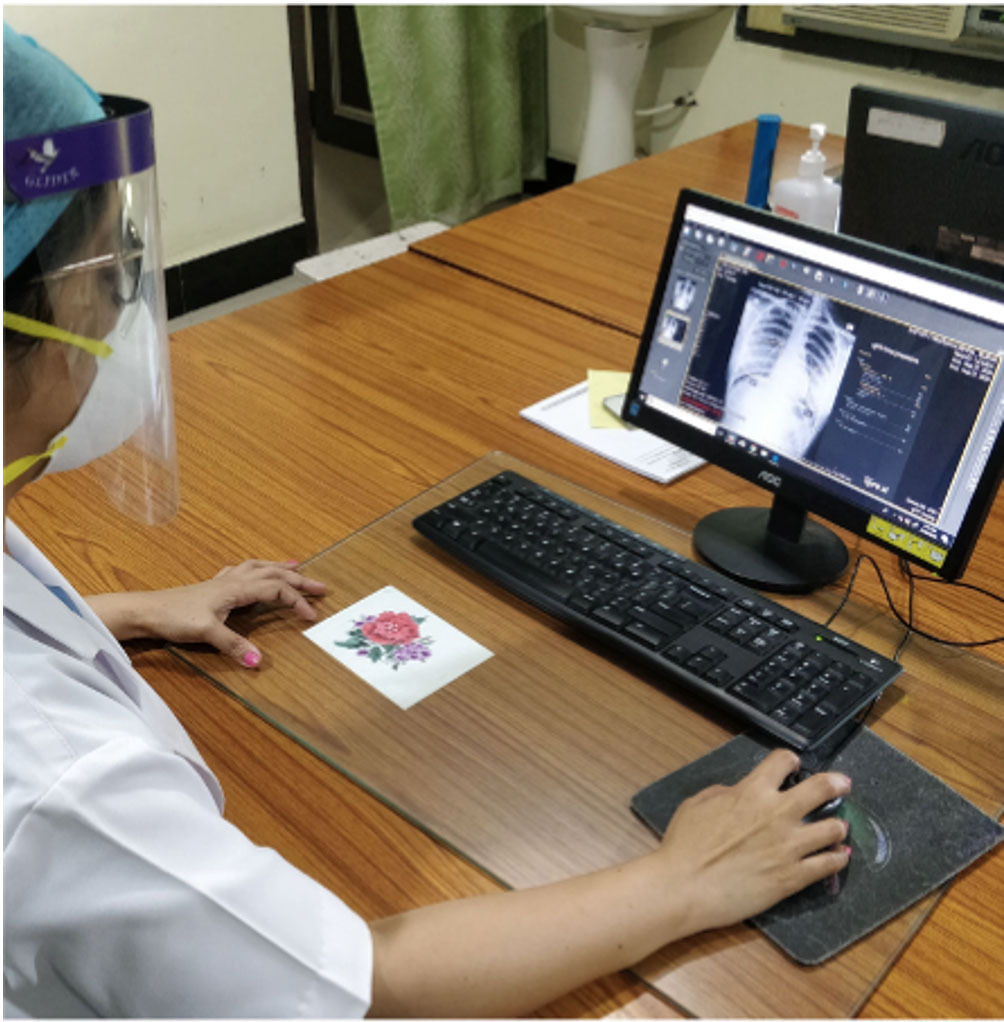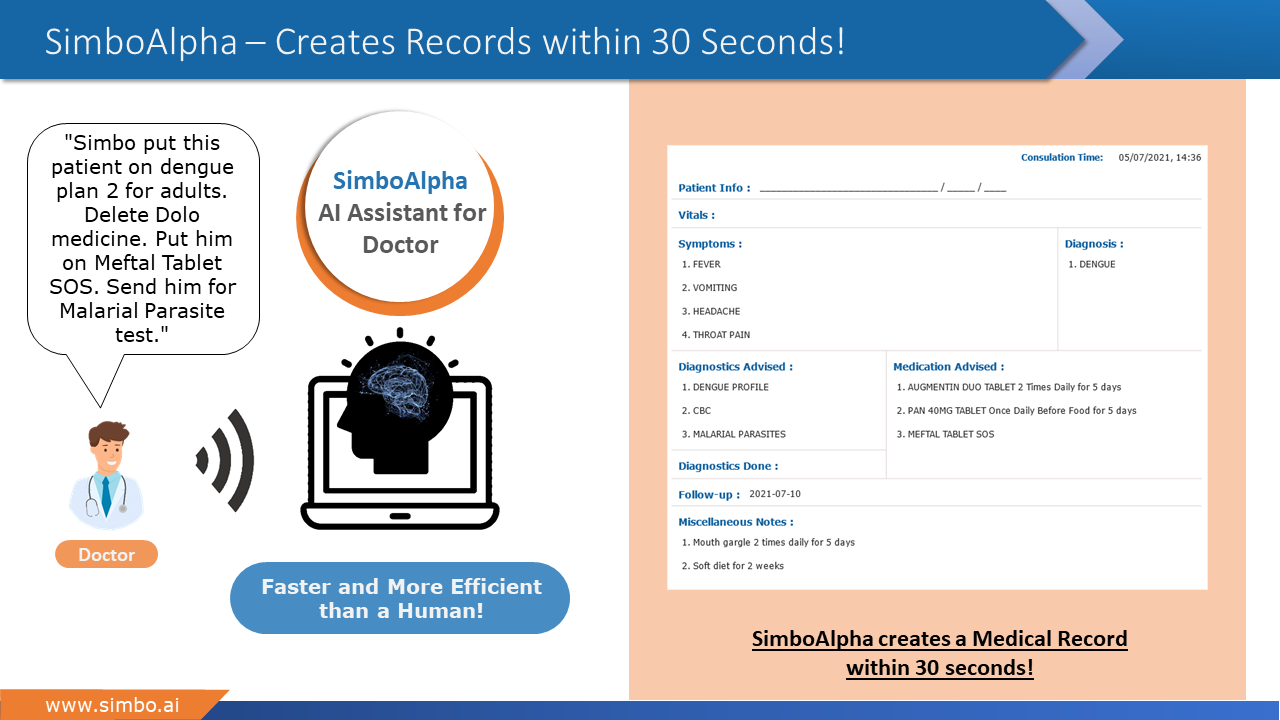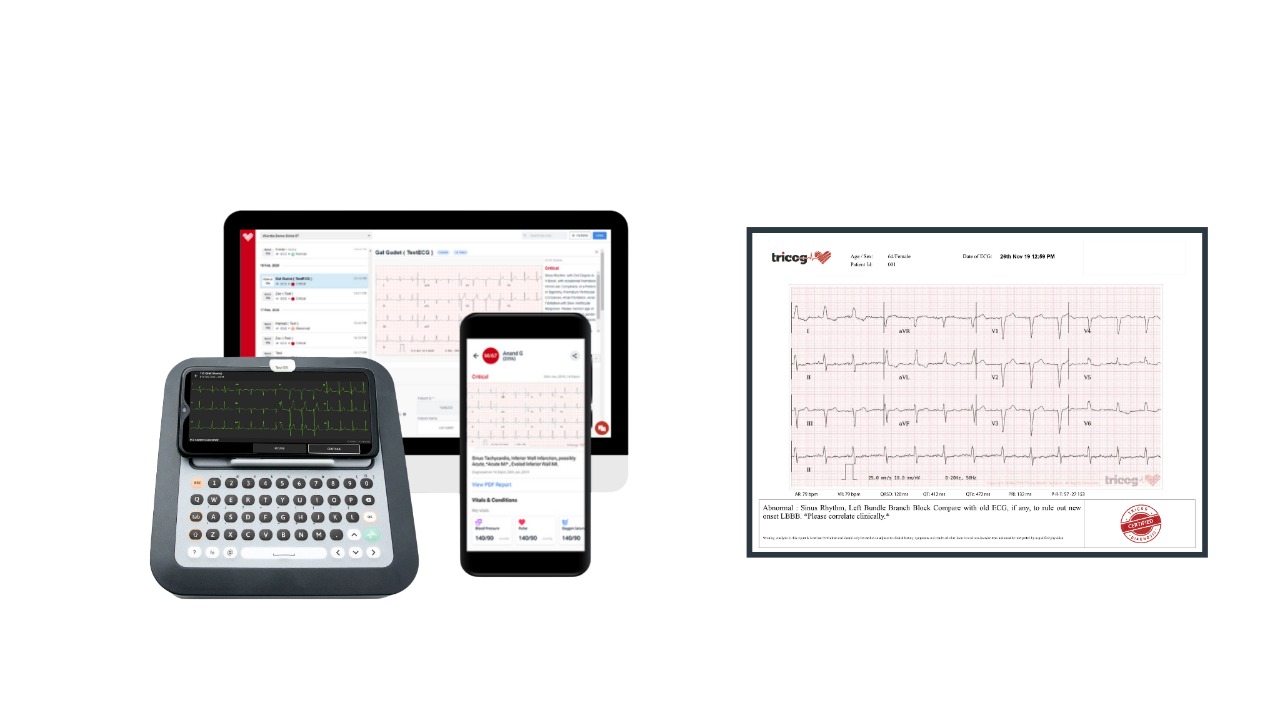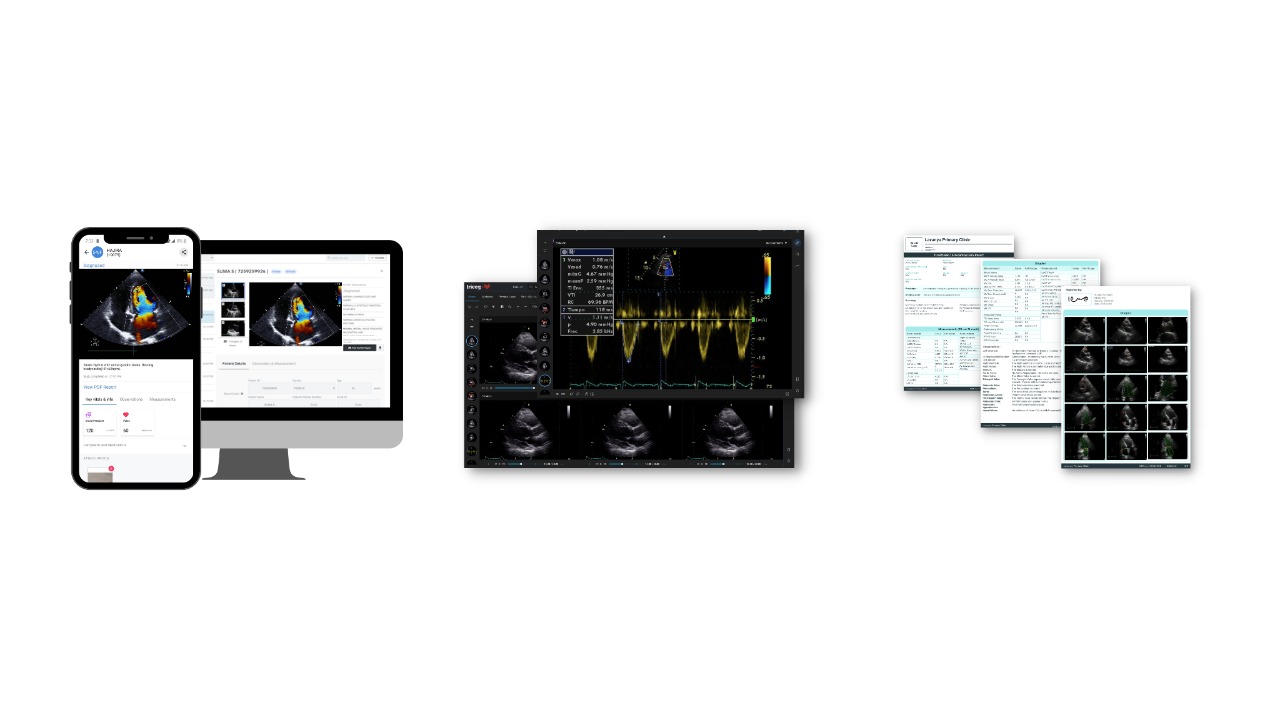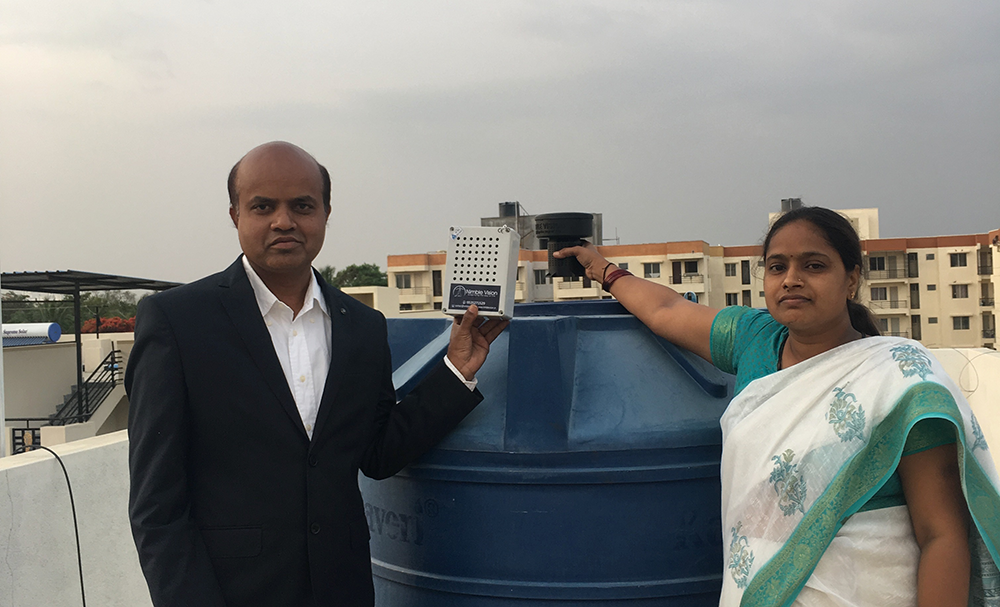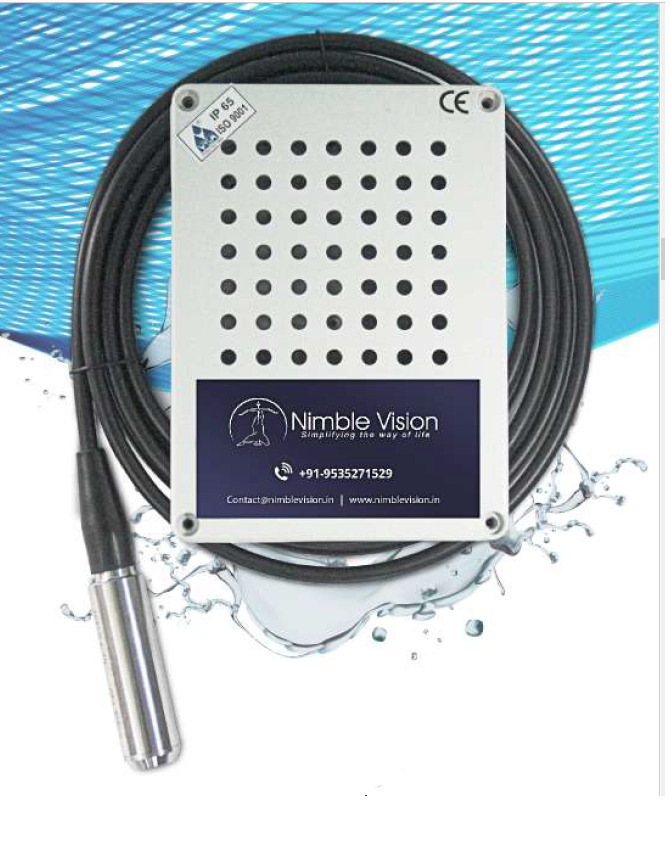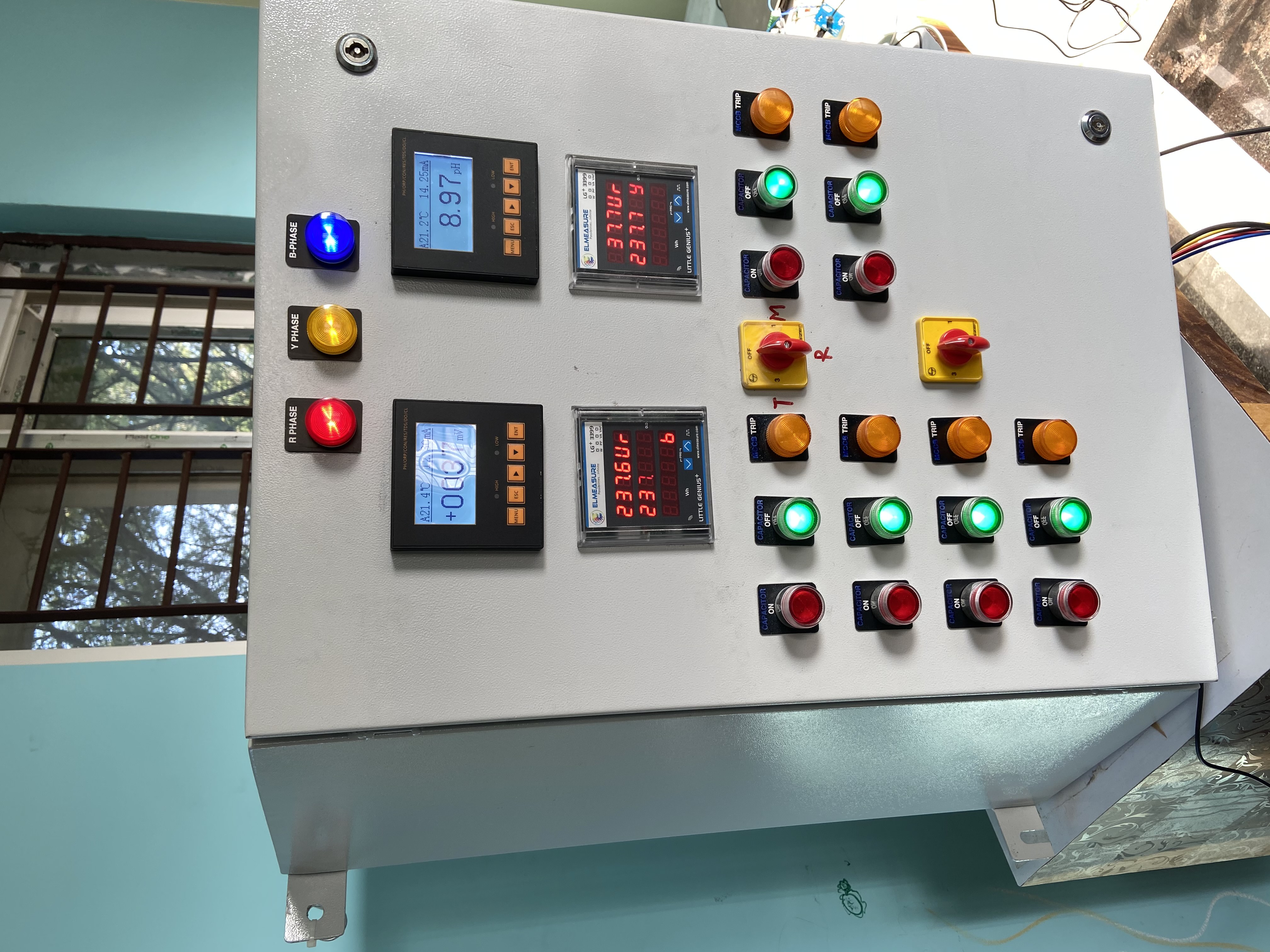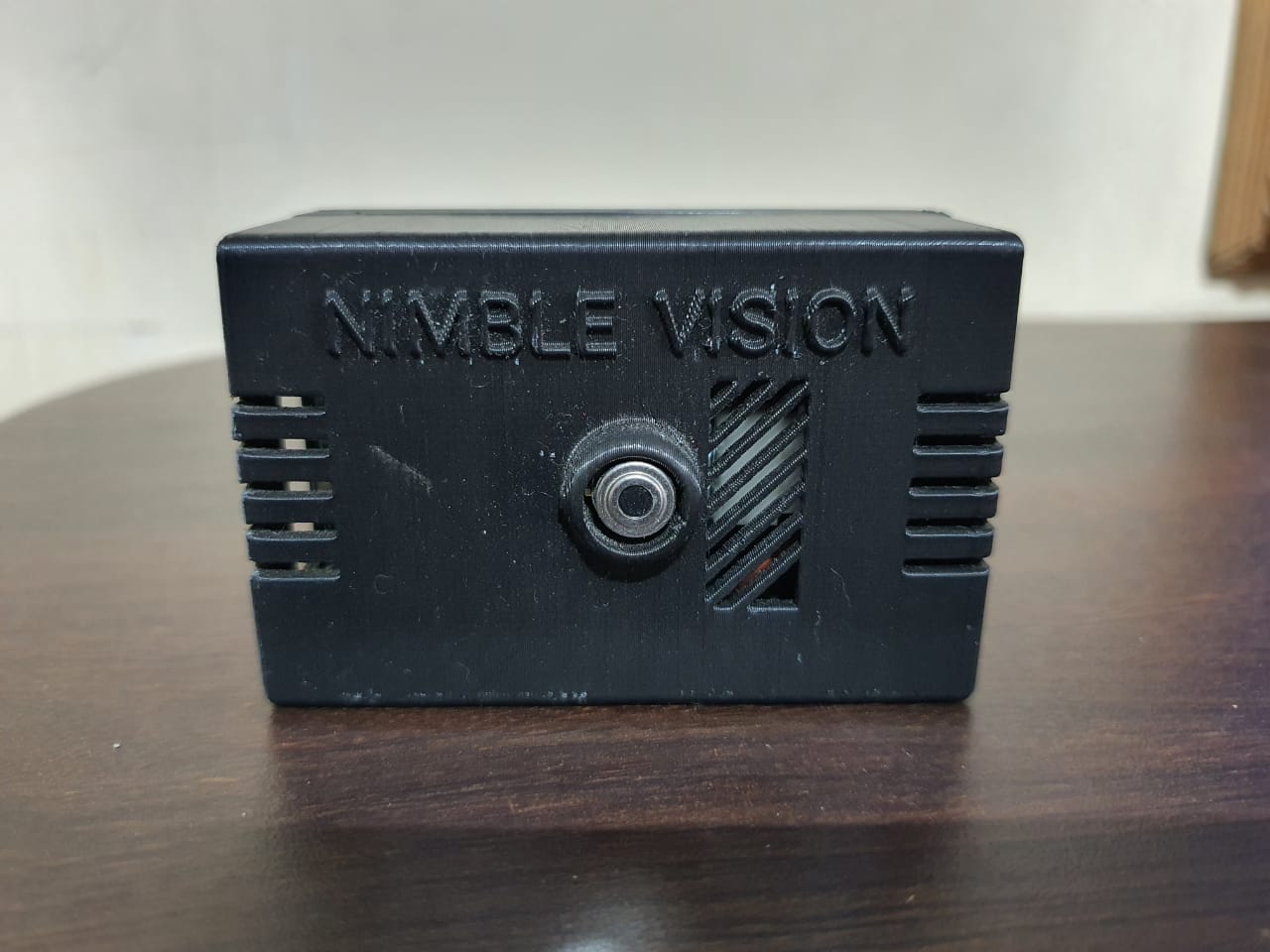We live in a golden age of innovation where technology is helping us overcome modern-day challenges. The rapidly evolving digital technologies have empowered industries to move forward in numerous ways. The world has witnessed significant technological breakthroughs in the healthcare sector in the past two decades. Despite these advances, flawless clinical documentation and the EMR process remain a challenge. By and large, doctors spend a significant amount of time on EMR documentation, and these existing gaps muddle with the smooth execution of patient care, nursing management, and other healthcare services.
Coined in 2019, Simbo.AI has dedicated its effort to take the edge off EMR documentation through its tech-driven solutions. Based in Bengaluru, Simbo.AI is a pioneer in explainable artificial intelligence (AI) and developed a smart multi-modal digital doctor assistant to help create EMR documentation in less than 30 seconds.
Simbo.AI is an offspring firm of the healthcare IT company mTatva which was founded by Baljit Singh and Praveen Prakash in 2013. Their perceptiveness of building new innovative and ground-breaking technology solutions to enable the healthcare industry to navigate through the digital transformation led to the creation of Simbo.AI. The concept is to develop AI-driven solutions that can mimic human-like conversation and understanding to decipher healthcare requests and deliver a best-fitting response. Their innovation assists in recording medical information, listening and understanding the conversation between the doctor and patients. Based on the instruction of the doctors the system produces an EMR which they use to confer absolute care.
Simbo.AI is virtually incubated at NASSCOM Center of Excellence – IoT & AI, Gurugram, which is a Joint initiative of the Ministry of Electronics & IT (MeitY), Govt. of Haryana, and NASSCOM.
The flagship offerings of Simbo.AI can be discussed as:
SimboAlpha: It is a “Virtual Clinical Assistant” for doctors. This invention is designed to enable doctors to generate an Electronic Health Record in less than 30 seconds. This cloud-based interface comes with an in-house speech-to-text and Clinical NLU, and ambient noise-tolerant design which supports hospitals and doctors to create smart voice-enabled Electronic Medical Records (EMR) even in noisy surrounding and minimal skills. This analysis establishes a firm patient care & engagement that eventually boosts productivity and healthcare delivery. This system acts according to doctors’ command and helps in generating clinical documentation like ePrescription within seconds.
Simbo BISLU: This “Virtual Resident Doctor” is a doctor’s assistant in pre-screening and documentation for accurate prediction. The system consists of BISLU (Brain-Inspired Spoken Language Understanding) that is based on GIPCA. The synthesized spoken language understanding architecture uses an AI algorithm to simplify the language understanding task. With tech solutions like these Simbo.AI stimulates a human-like cognition to better treat the evolving healthcare needs. It is fashioned to listens (also sees) the doctor and the patient based on which it creates a real-time yet digital documentation of medical records.
Making Headways!
The company has been riding high from the time of its inception. Its out-of-the-ordinary innovations secured it a substantial amount of funds and noteworthy recognition & awards. The company has bagged over $1.5M funding in Pre-Seed & Seed funding rounds and has filed 9 patents in India and USA. Their products have gained pronounced traction amongst clinicians, more than 600 doctors had signed up on their platform in six months.
This MedTech firm is one of the winners of the Healthcare Innovation Challenge for the category Prescription Digitization Segment. HIC is a flagship initiative of NASSCOM CoE AI & IoT that works closely with healthcare stakeholders to address the challenges faced by Healthcare Providers through the adoption of Digital Technology solutions. The company has also achieved the ET Health Awards, the CAHO-Best Startup Award, and the CE Worldwide Awards for the most promising and emerging health tech company for 2021. They were also part of multiple accelerators, including the Amazon Startup Ramp program for the public sector.
“NASSCOM CoE is our key partner for scaling our business in India. The team is very helpful and approachable. Various marketing channels and programs has supported us achieve our goals and create visibility and credibility. The team also helped us connect with the corporate as well as public sector potentials,” Baljit Singh, Founder & CEO, Simbo.ai.
For any further information\query you can write to us at Co-innovate@nasscom.in

